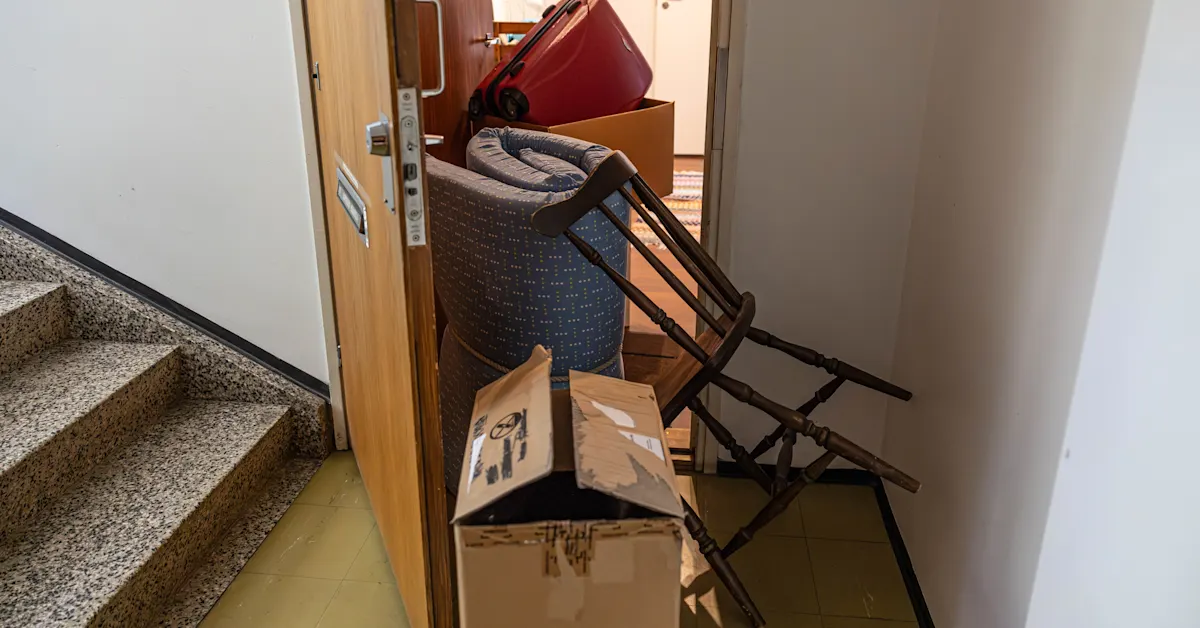
Domestic disturbances are a more significant reason for evictions than before, but the most common reason for eviction is still the non-payment of rent, according to the Finnish Landlord Association.
However, experts say that the number of serious incidents has increased, often related to the use of intoxicants, especially drugs.
Aija Tasa, director of the Finnish Association of Building Owners and Construction Clients (Rakli), says that the situation has taken a turn for the worse this year.
Tasa points to an increase in drug-related problems, including crime, and the increase in the use of intoxicants that make users more unpredictable than before.
Maarit Pitkäkangas, contact manager for stakeholder cooperation at Sevas Kodit in Seinäjoki, agrees.
“The number of housing problems has not increased radically, but problems related to intoxicants, especially drugs, have grown,” she told Yle.
Housing disturbances have also risen slightly in housing associations in Ostrobothnia and Central Ostrobothnia, says Mervi Ala-Prinkkilä, head of the Ostrobothnia branch of the Finnish Real Estate Federation.
In the university city of Vaasa, the most common disturbances are noisy parties. In Central Ostrobothnia, which includes Kokkola and Kaustinen, intoxicants cause more problems.
Evictions up by 80% in big cities
The number of evictions is on the rise in Finland overall, according to statistics from the National Enforcement Authority, the National Court Administration and district courts.
A report commissioned by the Ministry of the Environment and published in June shows that the number of evictions in the largest cities has increased by an average of 80 percent over the past decade.
The number of eviction proceedings has increased the most in Uusimaa, which includes the capital region, but there has also been an increase in most other areas.
Although the absolute number of evictions has increased, the rise is not as sharp when compared to the increase in rental housing. There are now over a million households living in rented premises, and a large number of new rental apartments have been completed in recent years.